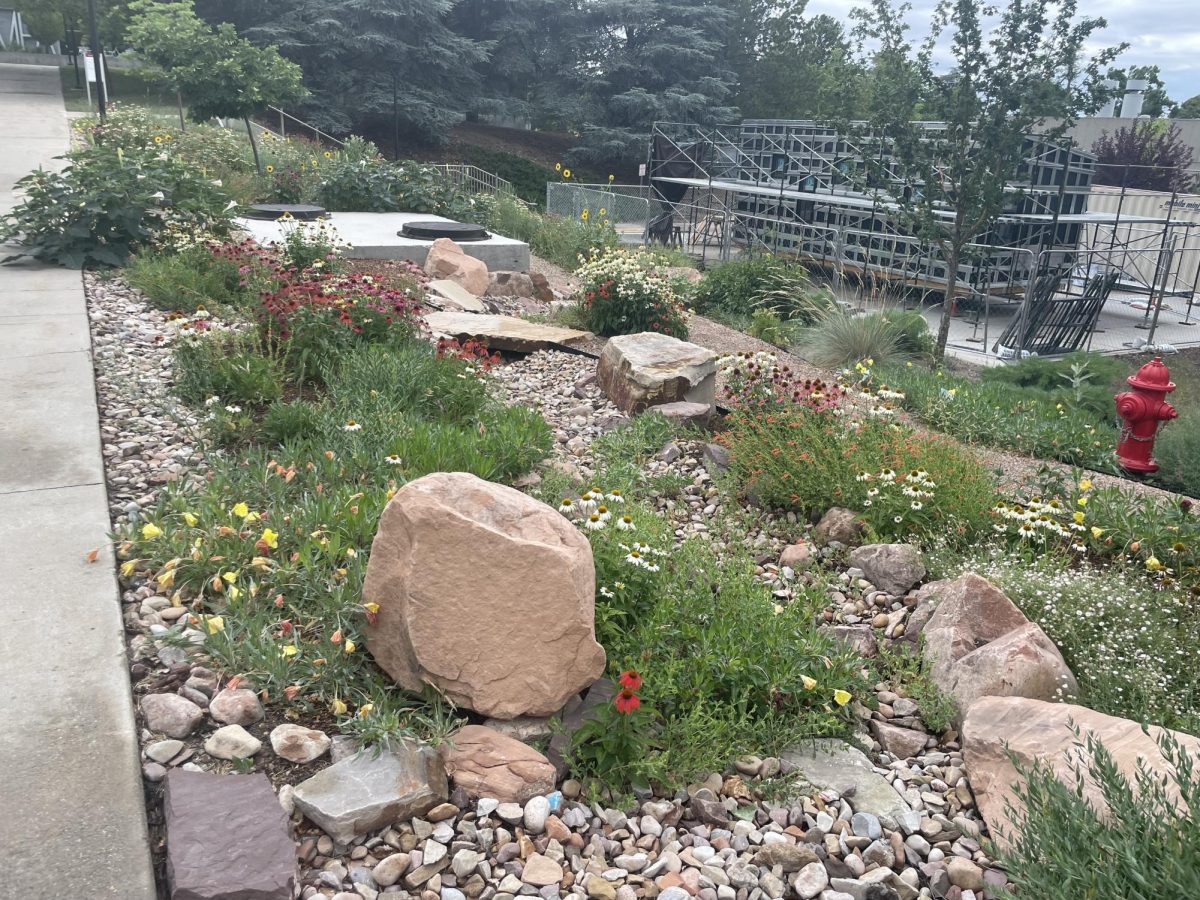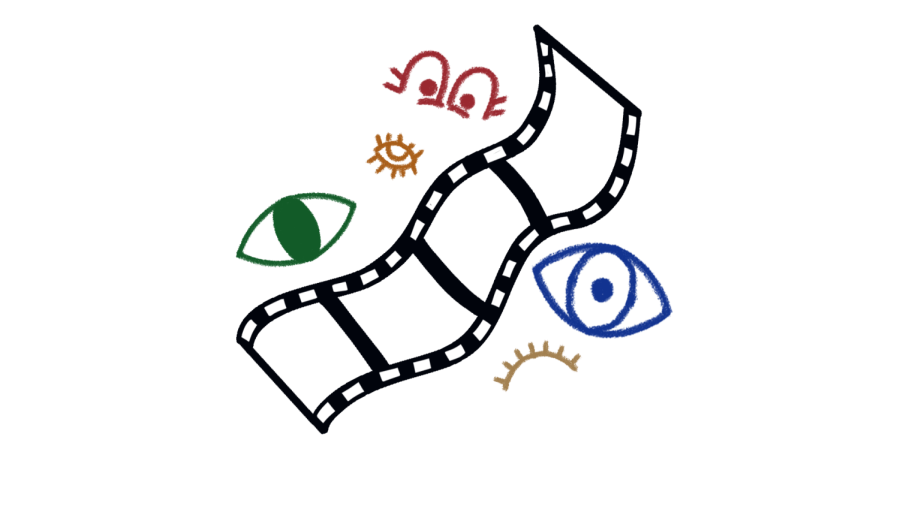Science ‘Influencers’ Find a New Way to Share their Passion and Knowledge
April 3, 2022
On March 7, Neil deGrasse Tyson, an astrophysicist and science communicator, performed his new show “Astronomy Bizarre” to a full house at Eccles Theater. The astrophysicist served as a tour guide through the phenomena of the expansive universe: black holes, dark matter, dark energy, diamond stars, gamma-ray bursts, white holes, wormholes and multiverses. The director of New York City’s Hayden Planetarium entertained and educated throughout the two-hour show.
Tyson concluded the show by emphasizing the growing interest in science.
“Science isn’t just for the experts anymore,” he said. “As we learn more about our strange universe, more than ever people are curious about science.”
When you add social media to the mix, scientists like Tyson make up a new breed of influencers who are shaping how the general public understands and perceives science. Specialists in complex topics use their social media to break tough concepts down into comprehensible content.
Jim Steenburgh, professor of atmospheric sciences at the University of Utah, has over four thousand followers on Twitter and shares information on current snow conditions in Utah through his blog Wasatch Weather Weenies.
“I’ve always been in communication with my friends about the weather,” Steenburgh said. “It’s something that affects everybody’s lives all the time. So ever since I was a graduate student, and even as an undergraduate studying meteorology, people have been calling me up for the weather forecast. So, it’s been natural for me to open up my communication and to share information with others.”
Steenburgh said it’s important for scientists to engage the public and share their knowledge with them.
“It’s also important to inspire younger people, but they don’t have to necessarily major in what we call ‘STEM,’” Steenburgh said. “There’s a lot of misinformation out there, so now it is more important than ever to understand what science is and how it works. I don’t think what I do is necessarily changing the world, but it’s a small step to try and provide good information to people and hopefully make some people look at science in a fun way.”
Bryn Dentinger, professor at the U and the mycology curator at the Natural History Museum of Utah, has appeared on dozens of podcasts to share his passion for fungi with the greater public.
“I try to participate anytime I’m given an opportunity by people who are a lot more active and successful on social media,” Dentinger said. “I’ve never turned down an opportunity. I’ve kind of had to learn how to communicate my expertise. When you study a group of organisms that are largely ignored by the world, you have to convince people that they are worth studying. I like podcasts because they’re really informal. You have to think about the words you are using and communicate in a different way than when you are writing.”
Dentinger said he talks about what he finds interesting and is passionate about.
“I think that’s more effective than just rattling off a bunch of facts that you could look up on Wikipedia,” Dentinger said. “I think it’s our obligation as scientists to communicate to the broader public the importance of what we are doing and discovering. It’s part of why I feel very much at home at institutions like museums; outreach is such a critical component of those institutions. To me, I guess it just comes down to my ethical responsibility to society. To make research really useful, we need to at least communicate what we do to the public.”









Hop David • Apr 4, 2022 at 7:05 am
It’s a stretch to call Tyson an astrophysicist. He has done practically no research in the last 30 years.
And much of his pop science is wrong. He has no standards for rigor and accuracy.
Most of his misinformation is harmless. For example who cares if his listeners believe the James Webb Space Telescope is parked in earth’s shadow?
Much worse is when he uses his poor memory and imagination to invent history. And then uses history to push a narrative. Falsifying history is a serious offense.